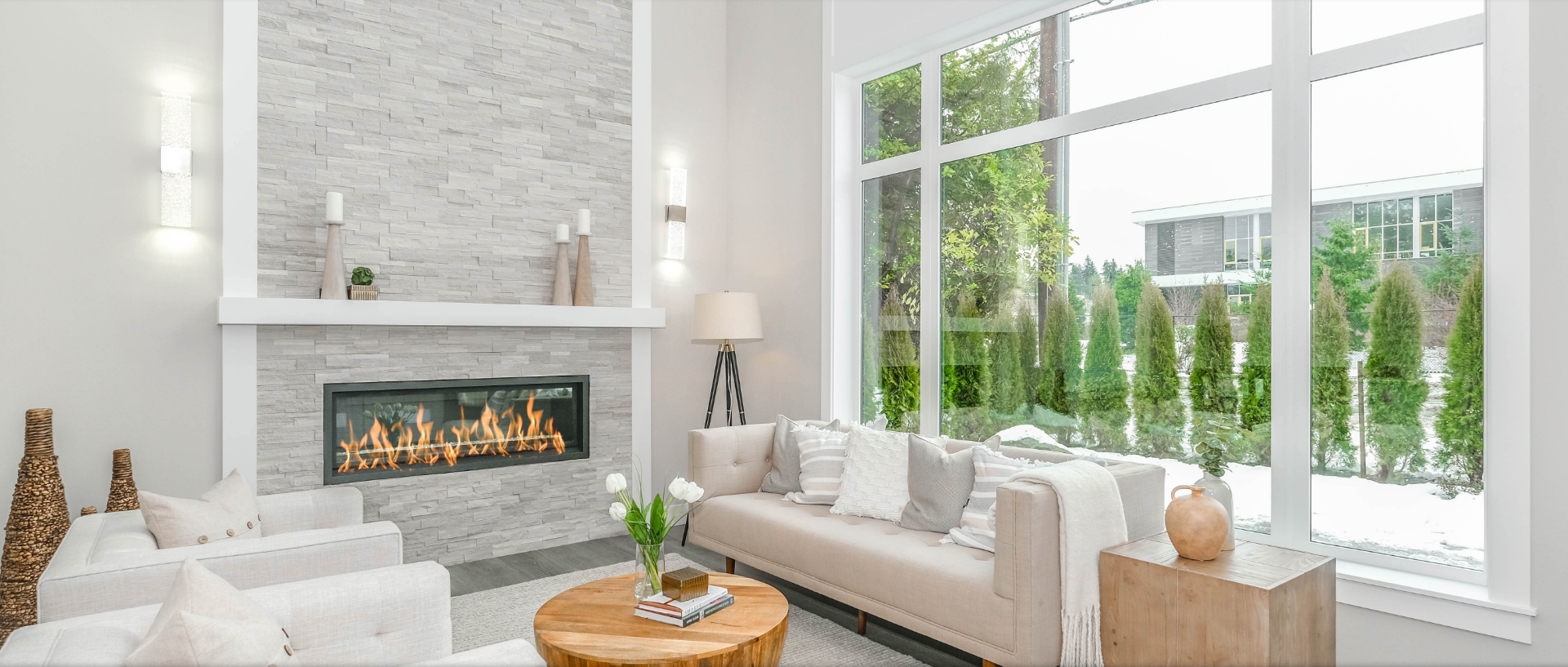After room is pseudo sealed, if doing dusty work, put a fannin the window blowing out. Slight negative pressurization on room keeps dust from spreading.
If he is hanging his own drywall, keep pieces as large as possible, dont worry about scrap. Amateur jobs that avoid scrap are normally a taping nightmare. For this situation, vertical sheets probably make the most sense. Cut off tapered edge for inside corners. If you do horizontal and can get a big enough sheet in, try to use one sheet for the whole width of the room. Then you have no untapered butt joints. They are the worst to tape well. Cut off tapered edge at bottom as it makes baseboard annoying. Sheets around windows should be c-shaped, dont end a sheet beside the window, it will be guaranteed to split at the corner. I hate rotozips and rarely use them. They make a huge mess. Mark and handcut boxes. The extra time to cut will be paid back many times over in less cleaning.
For trim, cope the baseboard. It looks a million times better and isnt hard. If you are using a power saw inside, use a dust collector.
Depending on what's below the window it could be used to dump waste, saving the time and trek through the house.
Lots of free drywall on Craigslist. Assorted pieces and shapes.






















